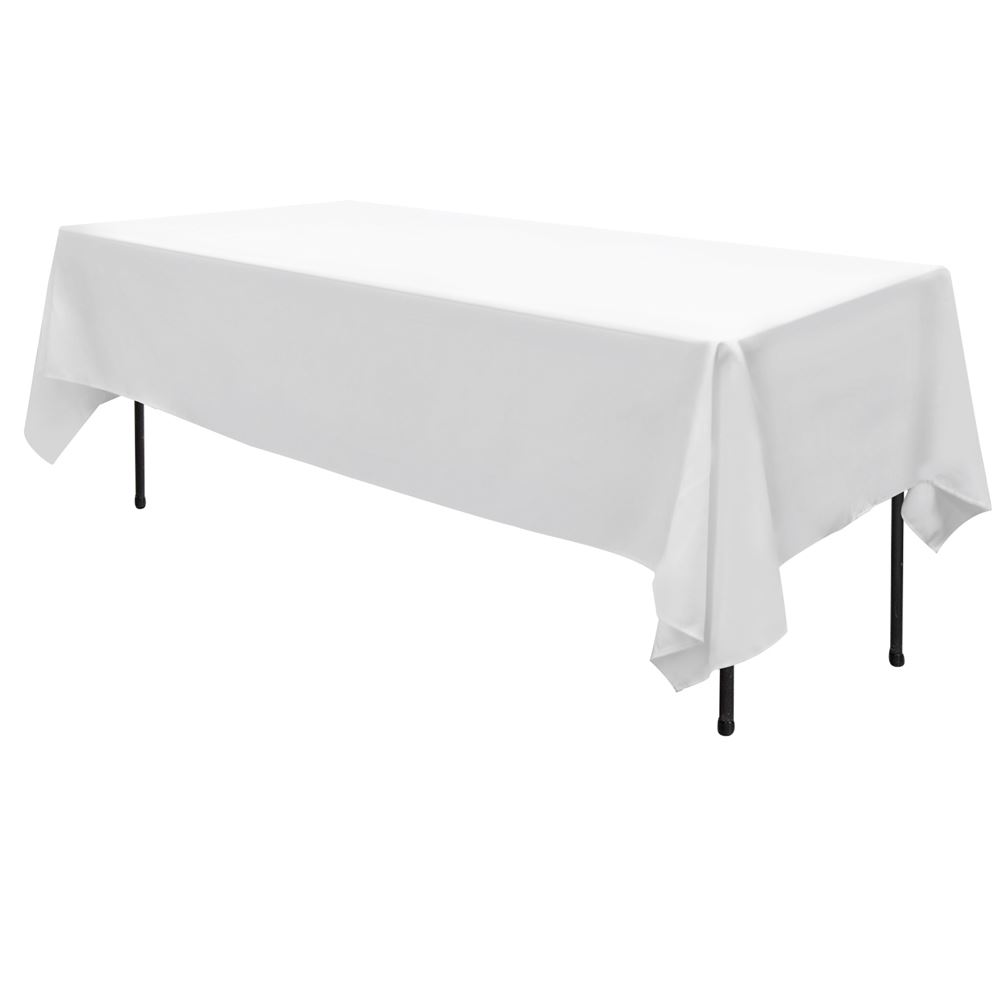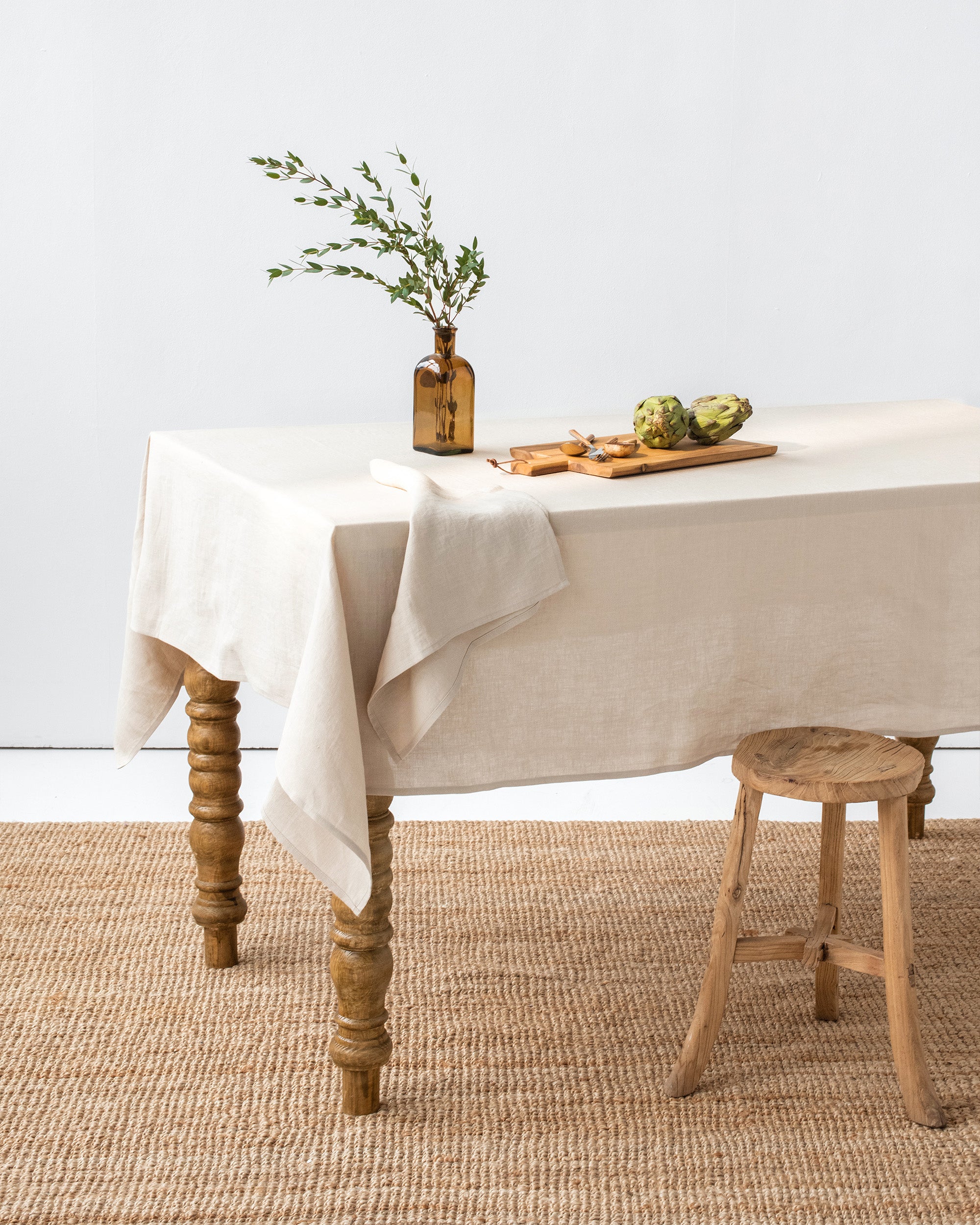Bed Linen Material Developments: Discovering Modern Trends and Creative Applications in Design and Textile Market
In the realm of textile innovations, linen has actually become a timeless yet flexible material that remains to captivate enthusiasts and designers alike. With an abundant history deeply intertwined with craftsmanship and sophistication, bed linen material is experiencing a rebirth in the contemporary period. From lasting manufacturing methods to sophisticated weaving modern technologies, the evolution of bed linen is improving the landscape of the textile sector. As we look into the worlds of imaginative design applications and the emergence of bed linen blends and hybrid textiles, a brand-new phase unfolds in which bed linen's function in future textile developments takes spotlight.
Sustainable Practices in Linen Manufacturing
Lasting methods in bed linen manufacturing have become progressively essential in the textile industry's efforts to minimize ecological impact and advertise honest sourcing methods. Bed linen, a natural fiber originated from the flax plant, uses a variety of advantages such as breathability, sturdiness, and biodegradability. Nevertheless, typical methods of linen production can entail considerable water intake, chemical usage, and energy-intensive procedures.
To deal with these obstacles, several fabric manufacturers are adopting lasting methods throughout the bed linen manufacturing process. This consists of sourcing flax from organic farms that stay clear of hazardous pesticides and chemicals, executing water-efficient retting techniques to remove fibers from the flax stalks, and making use of environment-friendly dyes and surfaces. Furthermore, some firms are purchasing eco-friendly energy resources to power their manufacturing facilities and decreasing waste with recycling and upcycling campaigns.
Technical Advancements in Linen Weaving
With the growing emphasis on sustainable methods in bed linen manufacturing, the textile market is now observing a rise in technical improvements especially focused on changing the art of bed linen weaving. These advancements are reshaping the method linen textiles are created, offering enhanced efficiency, top quality, and imagination in weaving strategies.
One of the vital technological developments in bed linen weaving is the integration of electronic looms. These innovative looms are equipped with software program that permits for detailed and complex styles to be woven with precision. By digitizing the weaving procedure, producers can achieve higher consistency and precision in their bed linen textiles.
Furthermore, improvements in thread spinning innovation have enabled the manufacturing of finer and even more durable bed linen threads - table cloths. This leads to softer and smoother bed linen textiles that preserve their top quality also after multiple uses and cleans
Furthermore, the development of green dyeing procedures and coatings for linen textiles is getting traction. These sustainable techniques not just decrease the environmental influence but additionally accommodate the enhancing consumer demand for morally generated fabrics.
Creative Style Applications for Linen
Ingenious creative approaches are significantly shaping the innovative design applications for linen in the textile industry. Bed linen's all-natural visual charm and ability to mix with other materials make it a preferred choice for developing distinct garments and devices that provide to the eco conscious consumer.
In addition, designers are explore linen in home design, using its long lasting and breathable nature to craft fashionable furnishings such as curtains, bedding, and furniture. The texture and drape of linen bring a sense of class and comfort to interior areas, adding a touch of style to modern homes.

Linen Blends and Hybrid Fabrics

Crossbreed textiles, on the other hand, take the principle of blending an action additionally by integrating extra elements such as metallic strings, recycled materials, or conductive fibers. These cutting-edge textiles not just expand the style possibilities however also present functional elements like conductivity, antimicrobial properties, or enhanced toughness. Crossbreed fabrics are increasingly being used in numerous sectors, including style, interior layout, and technical textiles, where the need for multifunctional materials is on the surge.
Bed linen's Function in Future Fabric Innovations

In the realm of future textile technologies, linen is anticipated to be a principal in the development of innovative functional materials. Developers and researchers are discovering ways to improve bed linen's integral high qualities through technical developments, such as including smart fabrics, nanotechnology, and performance finishes. These innovations intend to elevate linen's performance qualities, making it ideal for a broader range of applications, from activewear to protective clothing.
In addition, the combination of bed linen with various other all-natural or synthetic fibers opens up endless opportunities for producing novel fabrics with one-of-a-kind residential properties and functionalities. By leveraging linen's attributes and exploring innovative blends, the fabric industry is positioned to present exciting advancements that deal with evolving consumer demands and sustainability needs.
Verdict
Finally, the expedition of sustainable methods, check over here technical improvements, creative style applications, bed linen blends, and its role in future textile innovations highlight the constant advancement of bed linen material in the contemporary style and fabric industry. With a concentrate on advancement and creative thinking, the versatility and eco-friendly nature of linen make it a valuable material for developers and manufacturers alike, leading the means for further developments and developments in the area find of fabrics.
As we dig into the worlds of creative style applications and the development of linen blends and crossbreed materials, a brand-new phase unfolds in which bed linen's role in future fabric developments takes facility stage.
Checking out the blend of bed linen with various other fabrics has actually led to the appearance of innovative blends and hybrid textiles in the modern fabric sector. Linen blends offer a distinct mix of the qualities of linen with those of other fibers, resulting in textiles that have enhanced buildings such as raised sturdiness, improved draping, and minimized wrinkling.The development of bed linen blends and crossbreed fabrics has set the stage for Bed linen to play a pivotal function in driving future fabric technologies.In the realm of future textile developments, bed linen is expected to be a vital player in the development of sophisticated useful textiles.